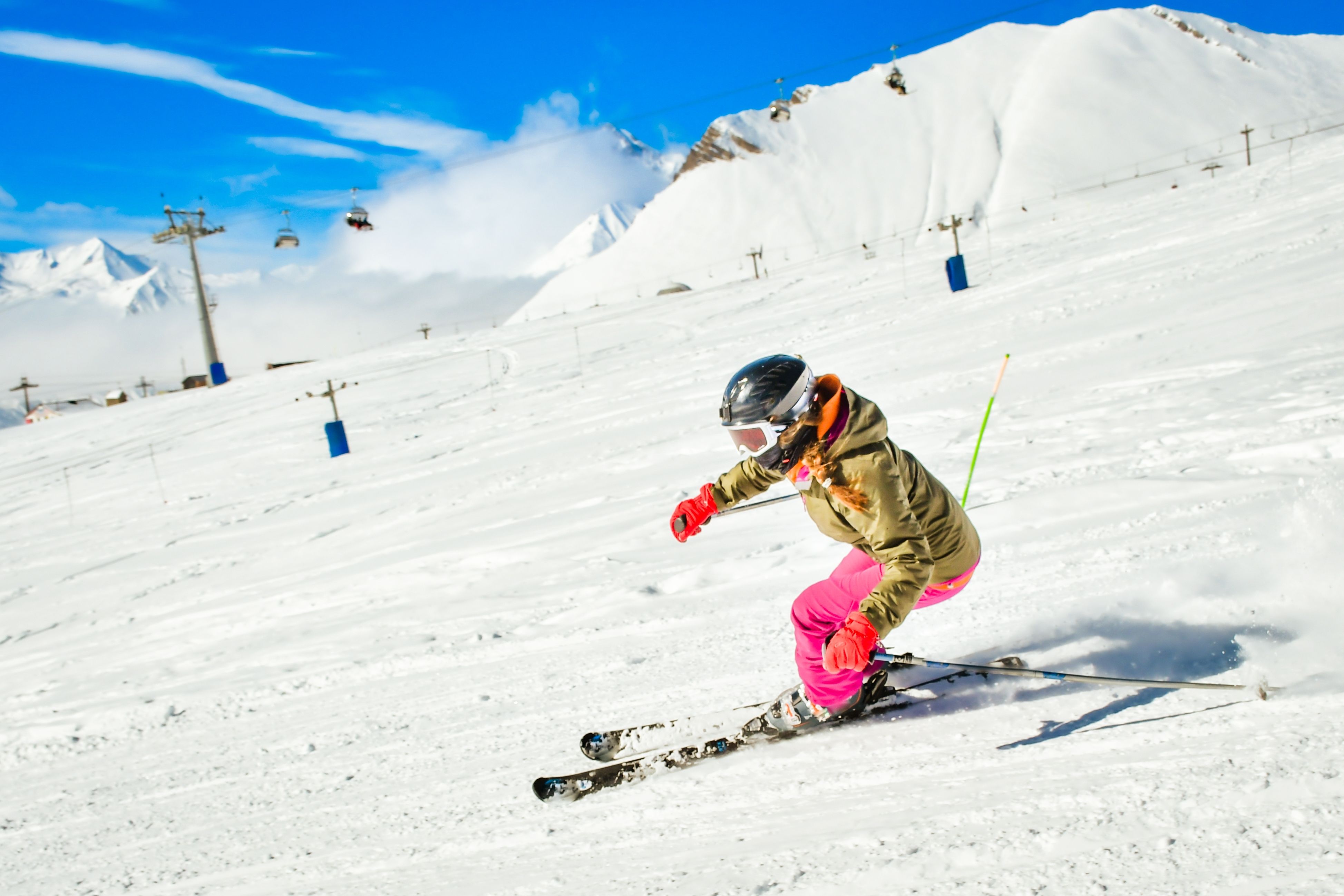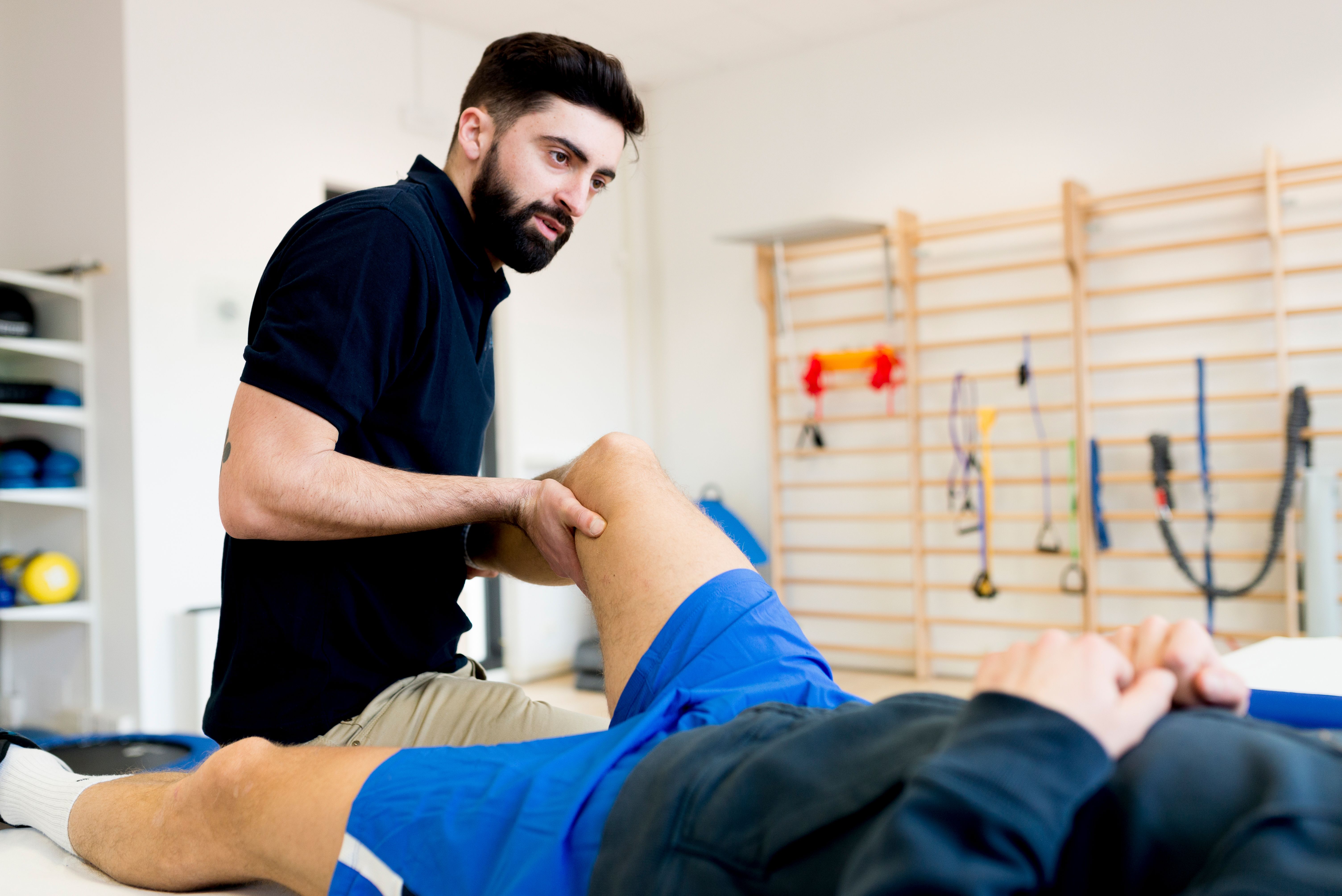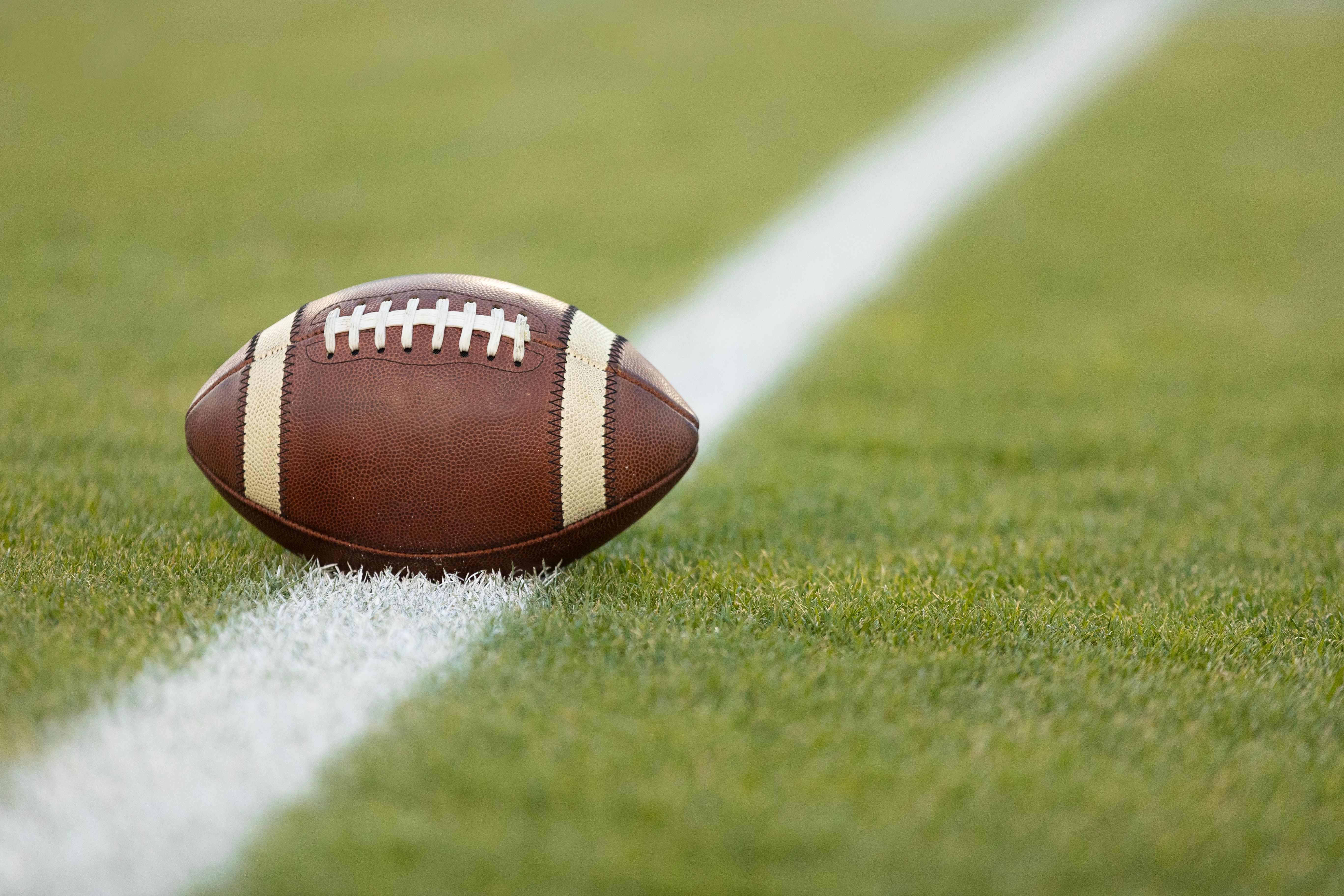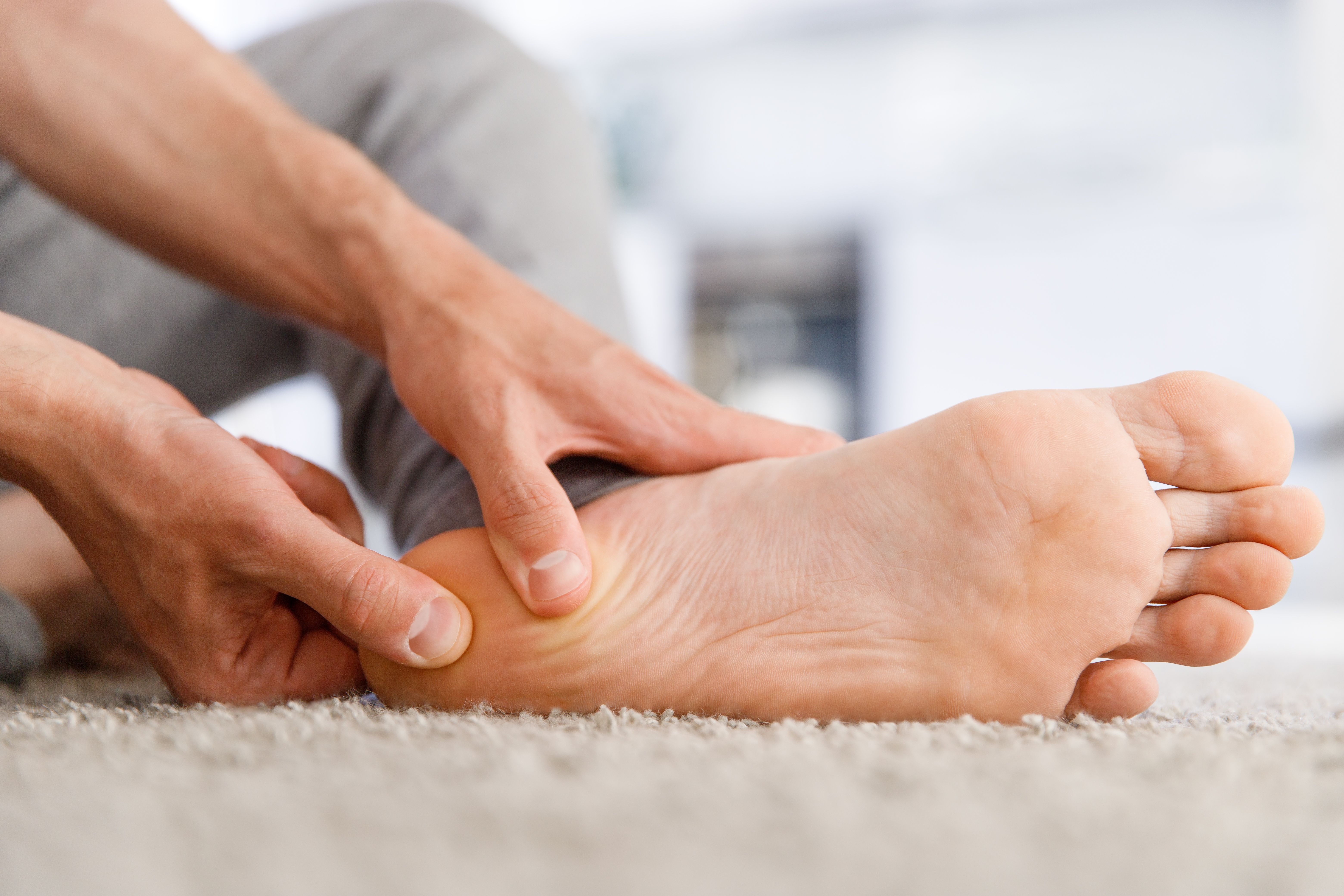All About Skier's Thumb
Hand Injuries, Sports Medicine

Skiing is a fun, exhilarating sport. However, if you’re not careful, you can get hurt with injuries like skier’s thumb.
As fall tumbles into winter, skiing enthusiasts polish up their skis and prepare to hit the slopes. In fact, there are a lot of skiers eagerly waiting for the first snowfall! According to the National Ski Areas Association, 11.6 million people participated in snow sports in the 2022-23 ski season. While skiers take care to avoid injuries, one of the most common injuries to those who love the sport is what is known as skier’s thumb.
One study estimated that skier’s thumb accounts for 5-10% of all skiing injuries. If you’re gearing up for ski season, read on to learn more about skier’s thumb, what it is, and how you can treat and prevent it.
What is skier’s thumb?

Skier’s thumb is defined as a sprain, partial tear, or complete tear of the ulnar collateral ligament at the base of the thumb near the pointer or index finger. The most common cause of a skier's thumb is a bad fall while skiing that stretches the ligament out of its normal range of motion. The injury frequently occurs when skiers try to break their tumble while holding onto the ski pole. Although it happens most often to skiers, a skier's thumb can strike anyone who bends their thumb out of alignment. For example, a driver who puts only their thumb over the wheel can injure it in an accident.
The ligament is what gives you the ability to grasp objects using your thumb. So, if it’s torn or sprained, you’ll feel pain and experience swelling and tenderness around the thumb. It may also be difficult to grasp objects as your thumb will feel unstable.
If you think a serious spill on the slopes has caused you to get skier’s thumb, get it checked out by an orthopedist as soon as possible. A physical examination and imaging tests, such as an X-ray or MRI, can confirm the diagnosis. Left untreated, skier’s thumb can lead to persistent pain and weakness in the affected area. Arthritis of the joint can also develop. However, with proper care, skier’s thumb responds quite well to conservative treatments.
Treating skier’s thumb
The severity of the injury dictates the mode of treatment. Minor sprains or partial tears can be healed with conservative therapies, while more severe ligament tears may require surgery.
Immediately after the injury, you can try these at-home and non-surgical therapies to stop the pain and swelling:
- Rest. Limit movement in the thumb to give the ligament time to heal.
- Ice. Ice the thumb several times a day for 35 minutes, making sure the cold compress is protected from your skin. This will bring down the swelling.
- Compression bandages or a brace. To immobilize the thumb and let it recover, wrap the digit in an ace bandage. Or you can buy a thumb brace, or have your doctor prescribe one for you.
- Medication. Take over-the-counter pain medication such as acetaminophen or an anti-inflammatory (ibuprofen). Your doctor may prescribe stronger pain relief if needed.
- Physical therapy. Physical therapy exercises can strengthen the thumb, hand, and wrist muscles and increase range of motion.
You can return to the slopes within a few weeks with conservative therapies, but if the ligament tear is severe enough, surgery to repair or reconstruct the ligament with sutures or grafts may be required. This can be done arthroscopically or through an open incision. After the operation, you may need to wear a cast. Surgery may also be recommended if there is a broken bone along with the injured ligament.
Preventing skier’s thumb
Skier’s thumb can be prevented with some precautions, such as ensuring your hands remain outside of the pole straps at all times. When your hands remain outside the pole, you greatly decrease the chance of a ligament sprain or tear if you fall. To ensure an easy release from the pole, look for a pole with finger-groove grips. You can also use specially designed gloves that limit how far the thumb can bend.
Skier’s thumb is a common injury in skiing, but it doesn’t have to end your ski season. If you think you have skier’s thumb, see a doctor for a treatment plan, and you’ll be back on the slopes in no time!
Don’t miss a day on the slopes
At All Sports Physical Therapy, we treat injuries related to skiing, including skier’s thumb. If you think you’ve injured your thumb while skiing, see us immediately. Our therapists are experts in all types of orthopedic injuries and will get you back on the slopes as soon as possible with a tailored treatment plan. Contact us today for a consultation.



